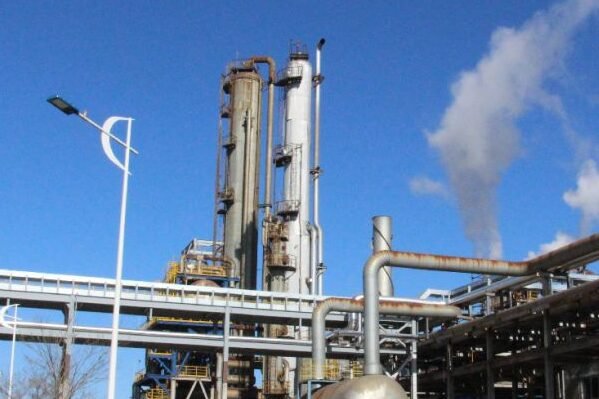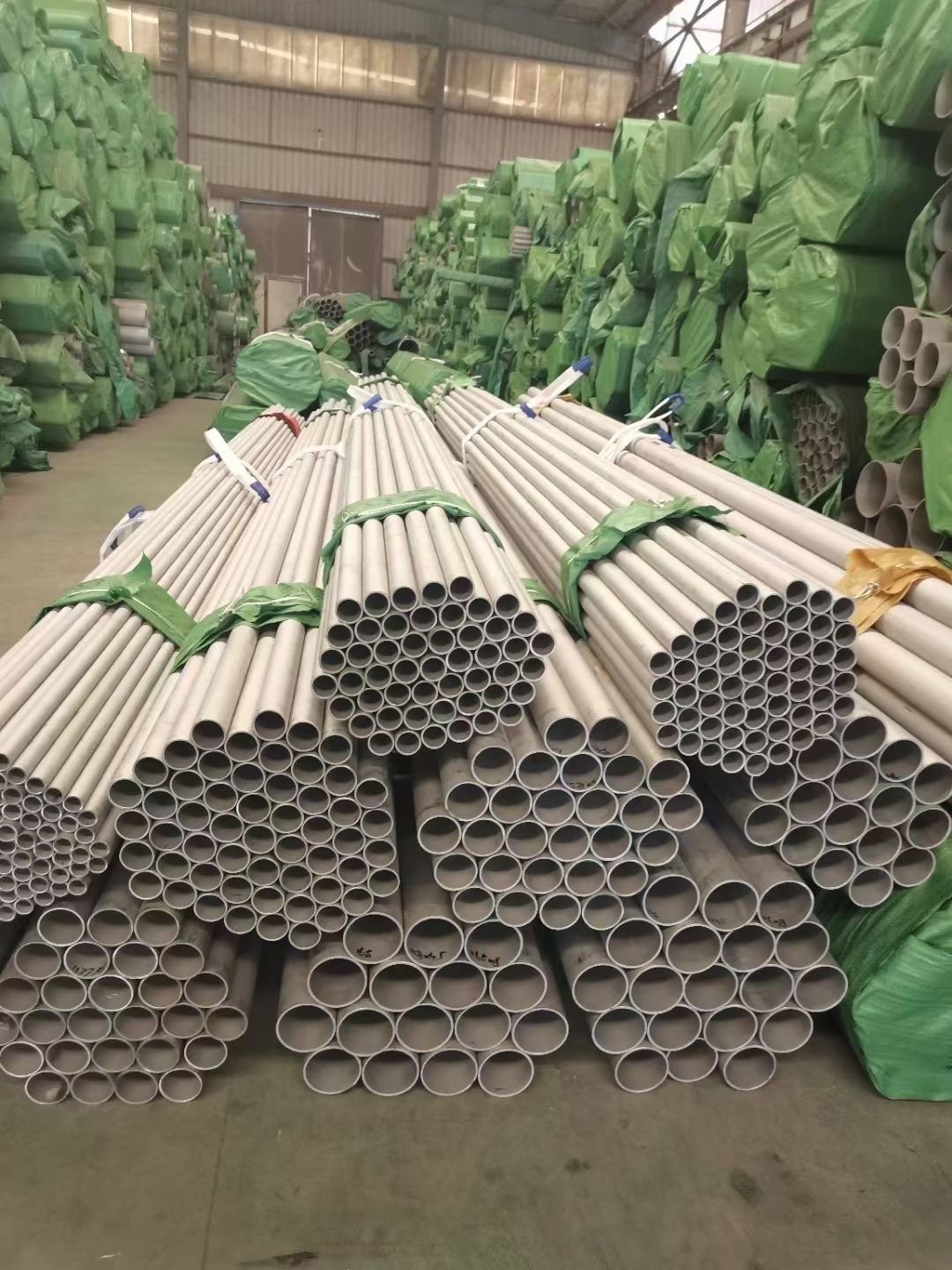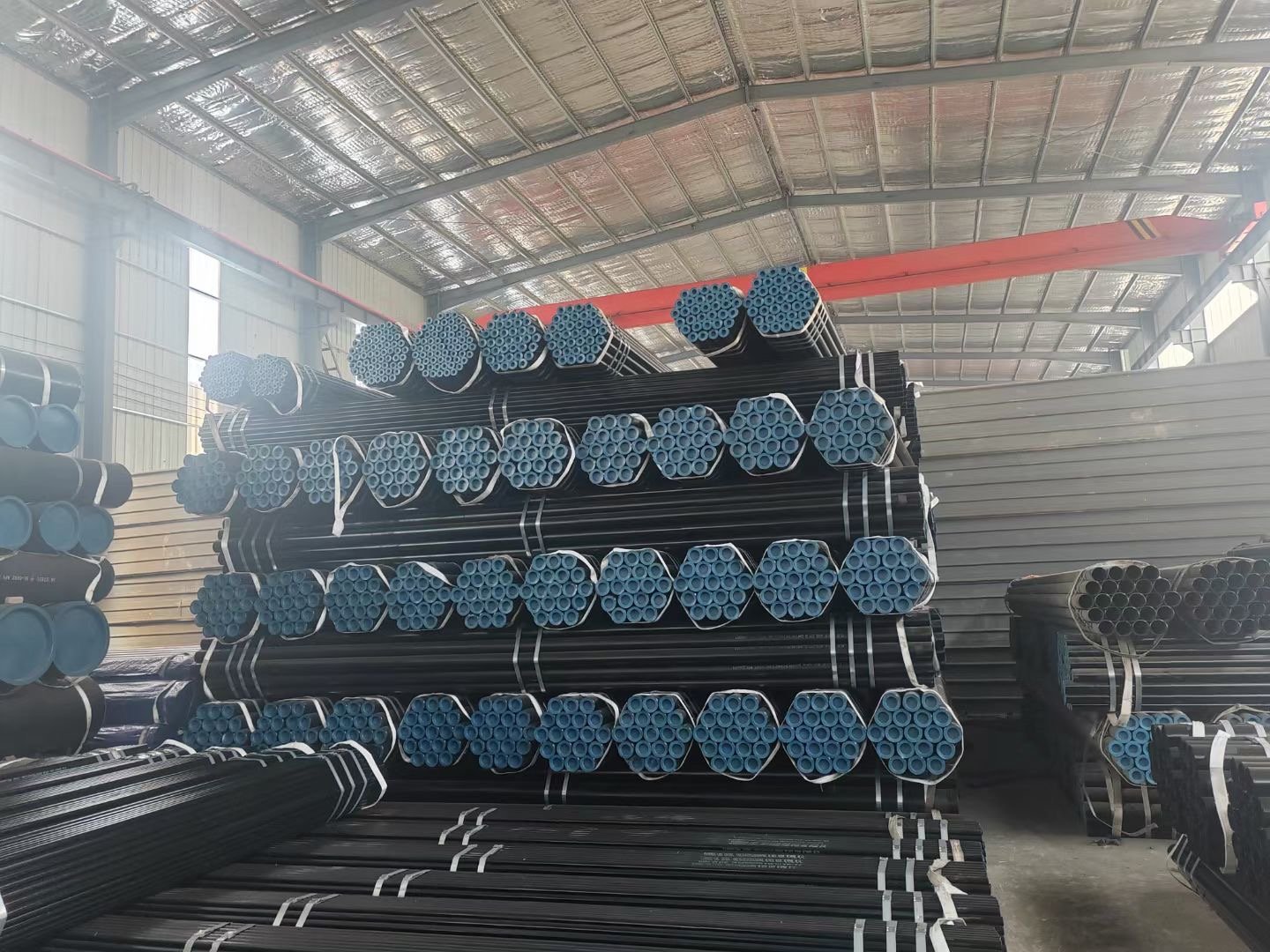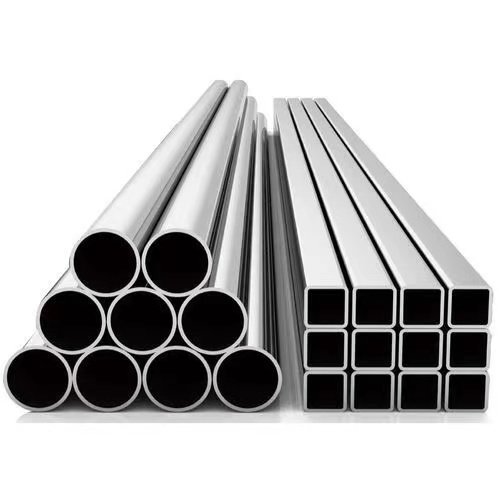Stainless steel is a high-strength, corrosion-resistant alloy known for its unique blend of durability and aesthetic appeal.It composed primarily of iron, enriched with a minimum of 10.5% chromium, which provides its superior resistance to corrosion. Other key components may include nickel, molybdenum, and carbon, which enhance its strength, ductility, and resistance to various environmental factors. This unique combination of elements results in a material that is both robust and versatile, suitable for a wide range of applications in various industries.
Key characteristics
- Corrosion Resistance: Stainless steel’s most notable feature is its ability to resist rust and corrosion. This is due to the presence of chromium, which forms a passive layer of chromium oxide, protecting the steel.
- Strength: Different grades of stainless steel offer varying levels of strength. Some grades can withstand high pressures and temperatures, making them ideal for heavy-duty applications.
- Durability: Stainless steel is known for its long life and durability, even in harsh environmental conditions. This makes it a cost-effective choice over the long term.
- Heat Resistance: Certain grades of stainless steel can maintain high performance at very high temperatures, suitable for applications involving heat exposure.
- Aesthetic Appeal: Stainless steel has a modern, clean look, often characterized by a bright, shiny finish. This makes it a favorite in architectural and consumer goods applications.
- Hygienic Properties: Its non-porous surface makes it easy to clean and sanitize, which is why it’s widely used in food processing, medical, and pharmaceutical industries.
- Recyclability: Stainless steel is 100% recyclable, making it an environmentally friendly material choice.
- Magnetic Properties: Some grades are magnetic, while others are not, depending on their composition.
- Formability and Weldability: Depending on the grade, stainless steel can be easily formed into various shapes and welded, providing flexibility in manufacturing.
Grades of Stainless Steel:
1.Austenitic Stainless Steels
- 304/304L
- Composition: 18% chromium, 8% nickel.
- Uses: Kitchen equipment, architectural panelling.
- 316/316L
- Composition: 16% chromium, 10% nickel, 2% molybdenum.
- Uses: Chemical processing equipment, marine environments.
2.Ferritic Stainless Steels
- 430
- Composition: 17% chromium.
- Uses: Automotive trim, appliances.
- 446
- Composition: 23% chromium, higher chromium for better heat resistance.
- Uses: High-temperature applications, furnace parts.
3. Duplex Stainless Steels
- 2205
- Composition: 22% chromium, 5% nickel, 3% molybdenum.
- Uses: Oil and gas industry, pulp and paper industry.
- 2507
- Composition: 25% chromium, 7% nickel, 4% molybdenum.
- Uses: Desalination plants, chemical process industries.
4. Martensitic Stainless Steels
- 410
- Composition: 12% chromium.
- Uses: Cutlery, steam and gas turbine blades.
- 440C
- Composition: 17% chromium, high carbon content.
- Uses: Bearing assemblies, valve parts.
5. Precipitation Hardening Stainless Steels
- 17-4PH
- Composition: 17% chromium, 4% nickel.
- Uses: Aerospace, chemical process equipment.







